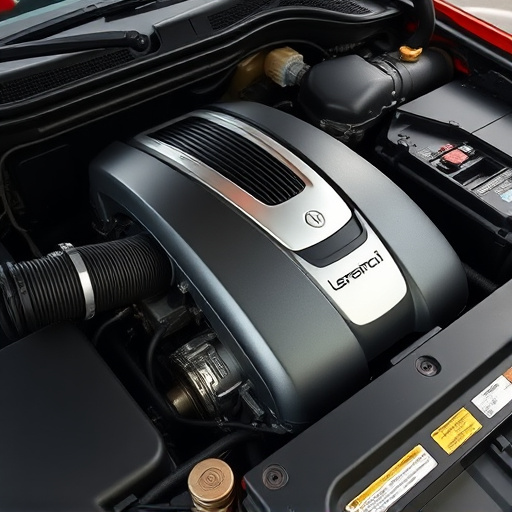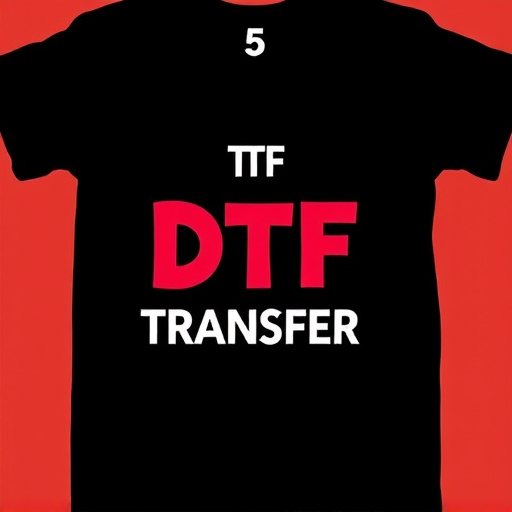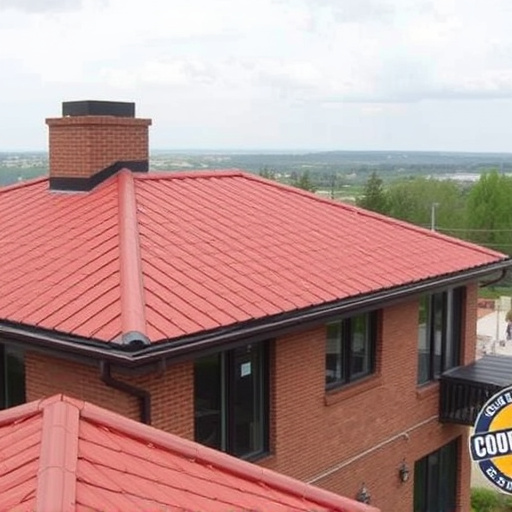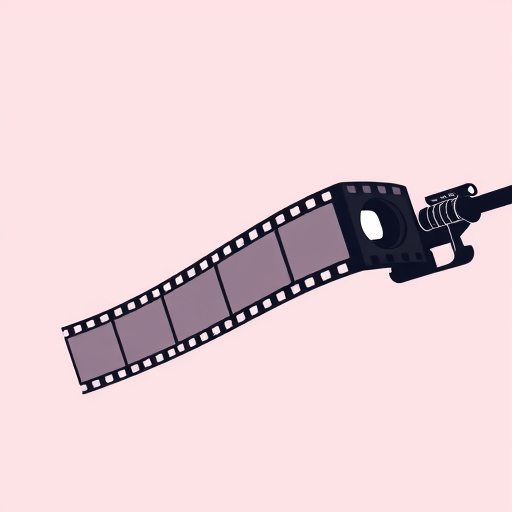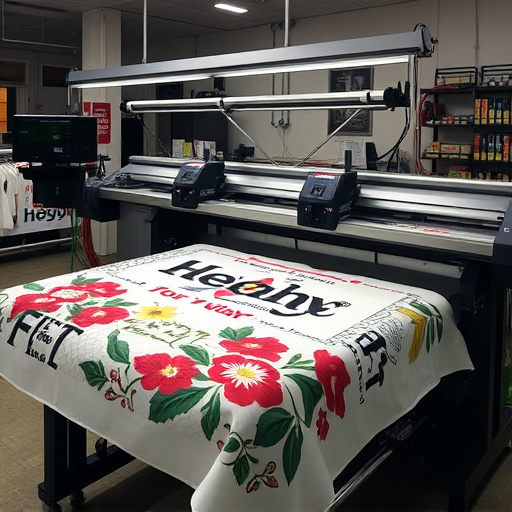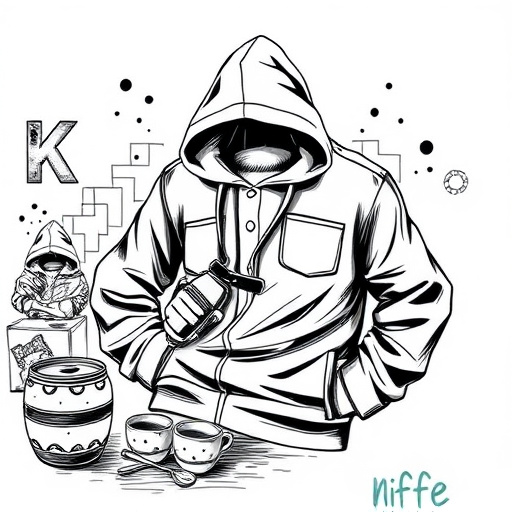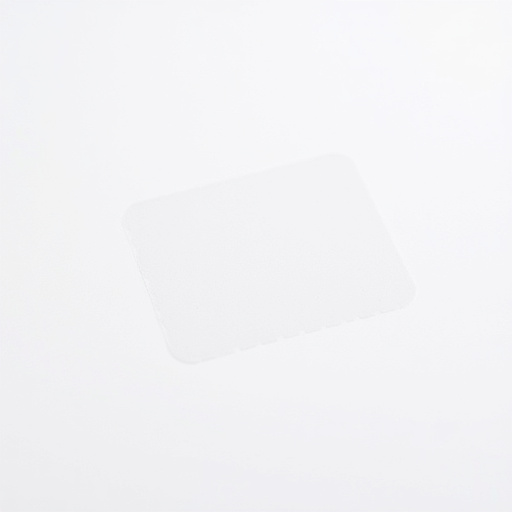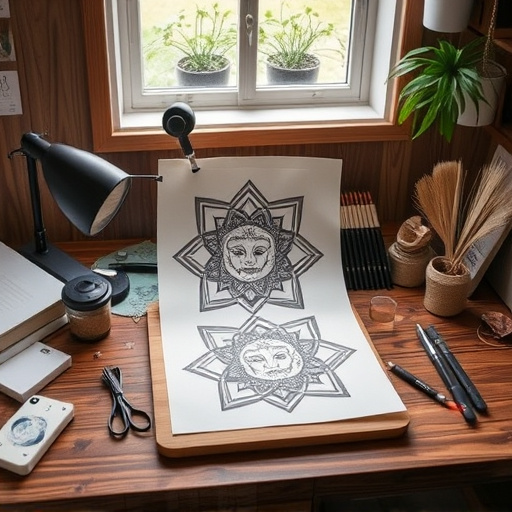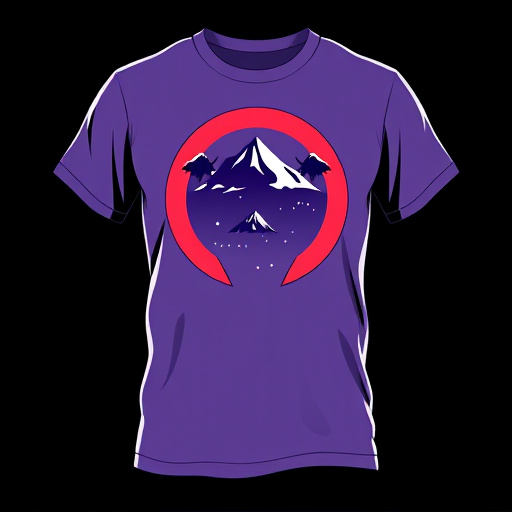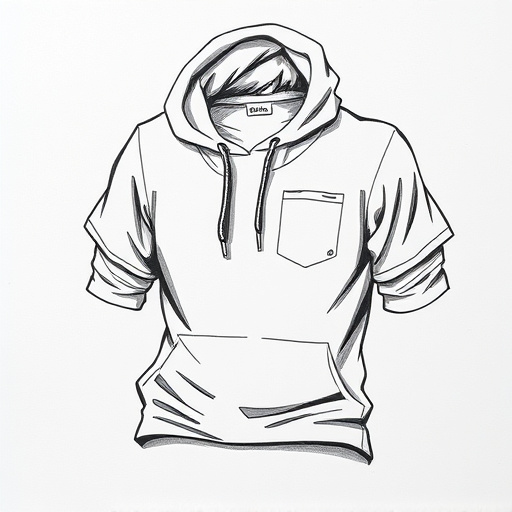DTF (Direct to Fiber) printing revolutionizes custom garment production with vibrant, high-resolution prints, eliminating ink bleeding and ensuring fade-resistant durability on diverse fabrics. Its versatility allows for intricate designs on t-shirts, hoodies, and accessories, facilitating quick adaptation to trends and customer preferences. However, it may not be cost-effective for large orders or complex skills required for optimal results, with other methods offering better suits for extensive sheets or heat pressing designs.
Discover the power of DTF (Direct to Fabric) print advantages in custom design. This innovative technology offers unparalleled precision and versatility, making it a game-changer for creating unique, high-quality garments. From understanding the basics to exploring ideal projects and weighing benefits against limitations, this guide equips designers with knowledge to maximize DTF print’s potential. Uncover when this method excels and when alternative solutions might be more suitable.
- Understanding DTF Print: The Basics
- Ideal Projects for DTF Print Technology
- Benefits and Limitations: When to Opt-Out
Understanding DTF Print: The Basics
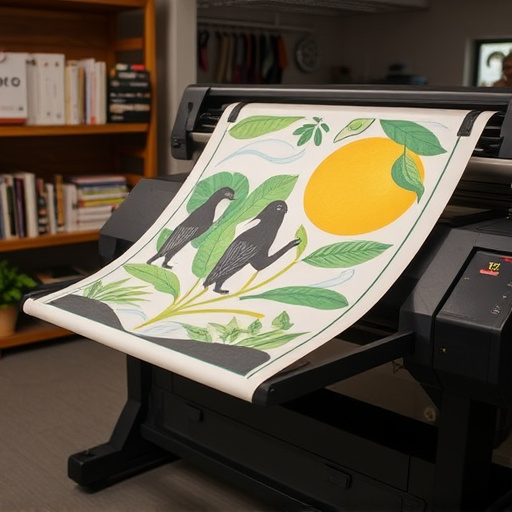
DTF (Direct to Fiber) printing is a cutting-edge technique revolutionizing custom design and garment production, especially for custom t shirts and similar products. Unlike traditional printing methods that rely on ink, DTF utilizes a unique process where designs are transferred directly onto the fabric fiber. This innovative approach offers several DTF Print Advantages over conventional techniques. One of its key benefits is the ability to achieve vibrant, high-resolution prints with exceptional color accuracy, ensuring custom t shirts and other textiles look as intended.
Additionally, DTF printing allows for a smoother and more even application of designs, eliminating issues like ink bleeding or uneven coverage often seen in screen printing. This precision results in longer-lasting prints that are resistant to fading, making it an excellent choice for creating durable custom t shirts. The direct fiber transfer method is also highly versatile, suitable for various materials and fabric types, catering to a wide range of design and product needs.
Ideal Projects for DTF Print Technology
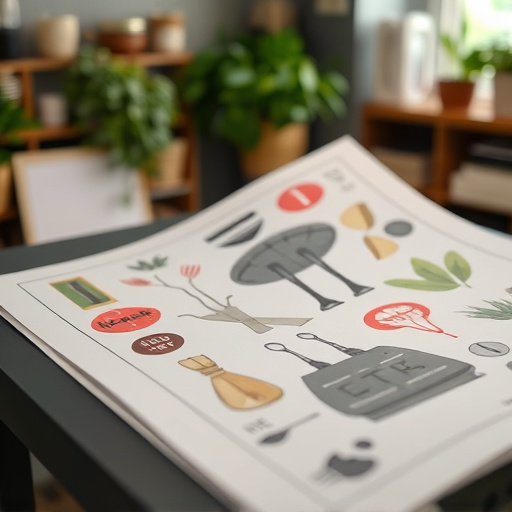
DTF (Direct to Fabric) print technology offers a range of advantages that make it an ideal choice for specific custom design projects. Its versatility allows for intricate and detailed designs, making it perfect for apparel and clothing items like t-shirts, hoodies, and accessories. The direct printing method ensures vibrant colors and high-quality images that are long-lasting and resistant to fading, which is crucial for products meant for everyday use or promotional merchandise.
The best DTF printers can handle complex patterns and text, enabling the creation of unique and personalized designs. This technology is particularly beneficial for small batch production runs, allowing designers and businesses to quickly adapt to changing trends and customer preferences. With its precision and speed, DTF printing for t-shirts and similar garments ensures efficiency without compromising on quality, making it a top choice for those seeking cutting-edge customization options in the apparel industry.
Benefits and Limitations: When to Opt-Out
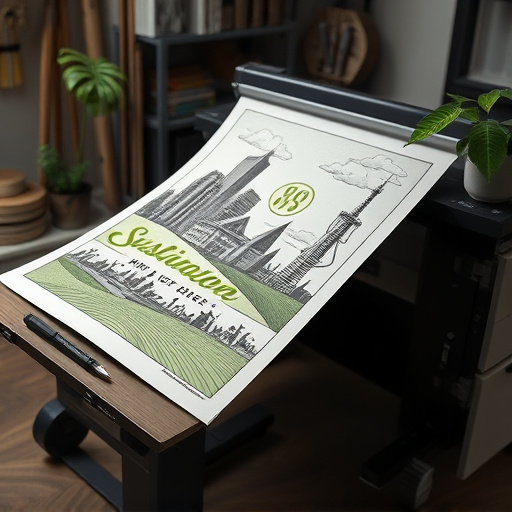
The DTF Print Advantage offers several benefits for custom design enthusiasts. One of its key strengths is the ease and efficiency it provides for creating intricate designs on various materials, particularly custom t-shirts and other garments. This method allows designers to achieve high-quality, detailed prints with minimal setup time, making it an attractive option for small-batch production or one-off projects. The versatility of DTF (Direct-To-Garment) transfer sheets enables the replication of complex artwork, photos, and graphics directly onto fabrics, fostering creativity in custom sheet design.
However, like any printing technique, DTF Print Advantages come with limitations. The process may not be cost-effective for large-scale orders as the initial setup and material costs can accumulate. Additionally, certain types of designs, especially those with fine details or specific color requirements, might demand higher skill levels to achieve optimal results. Opting out of DTF printing could be suitable when dealing with extensive custom sheets for heat pressing designs, considering the time and expertise needed to manage intricate layouts and ensuring the final product meets the desired aesthetic standards.
DTF print technology offers unique advantages in custom design, especially for specific projects that require intricate details and vibrant colors. By understanding its capabilities and limitations, designers can make informed decisions on whether to incorporate DTF printing into their workflows. For those seeking high-quality, detailed prints without the need for complex set-ups, DTF Print Advantages are undeniable, making it a valuable tool in the custom design arsenal.
